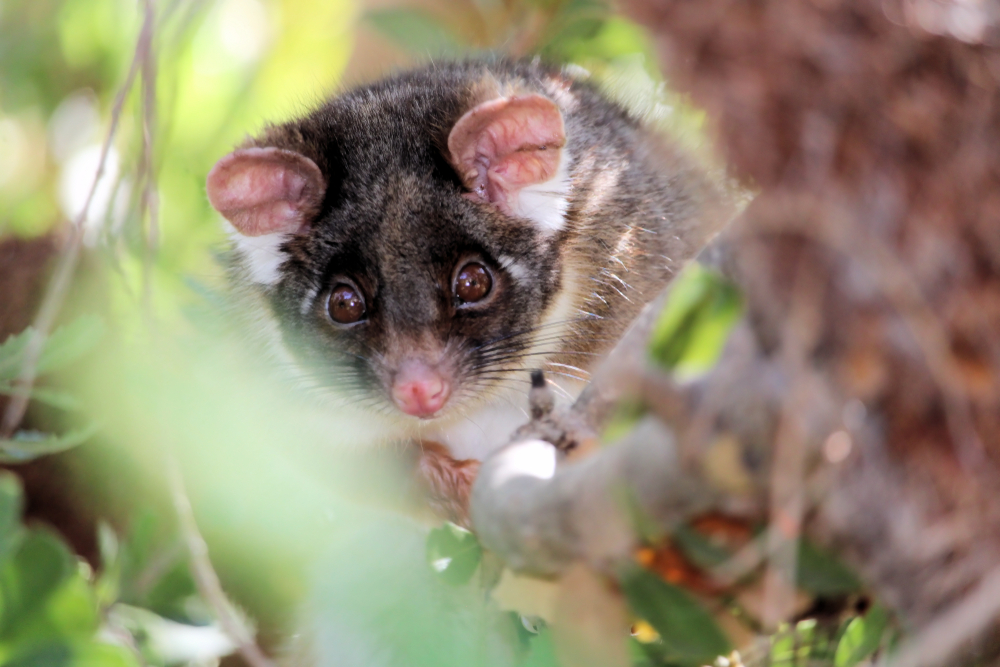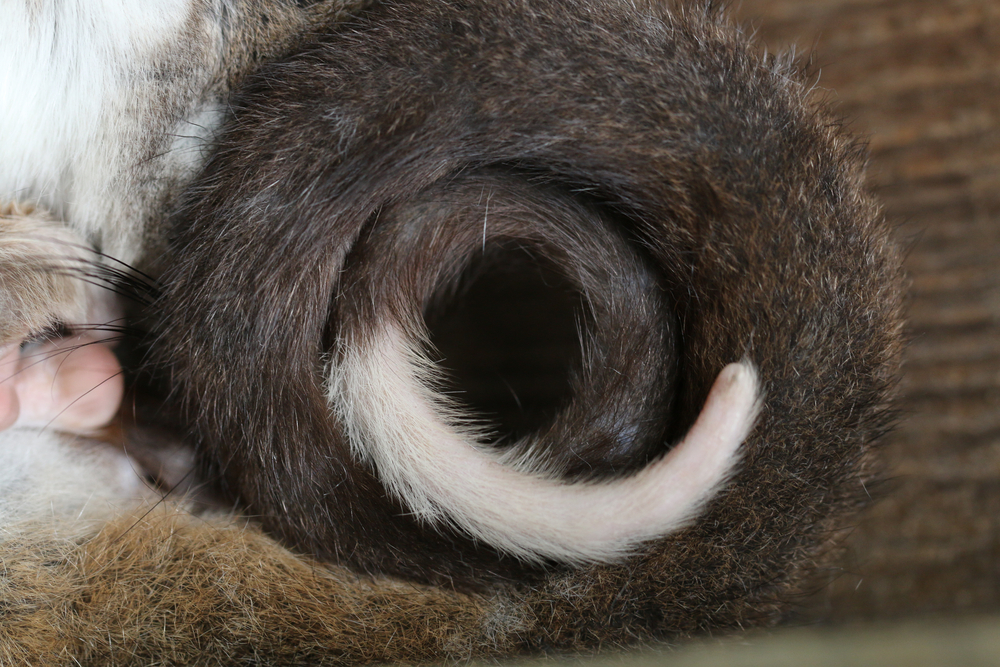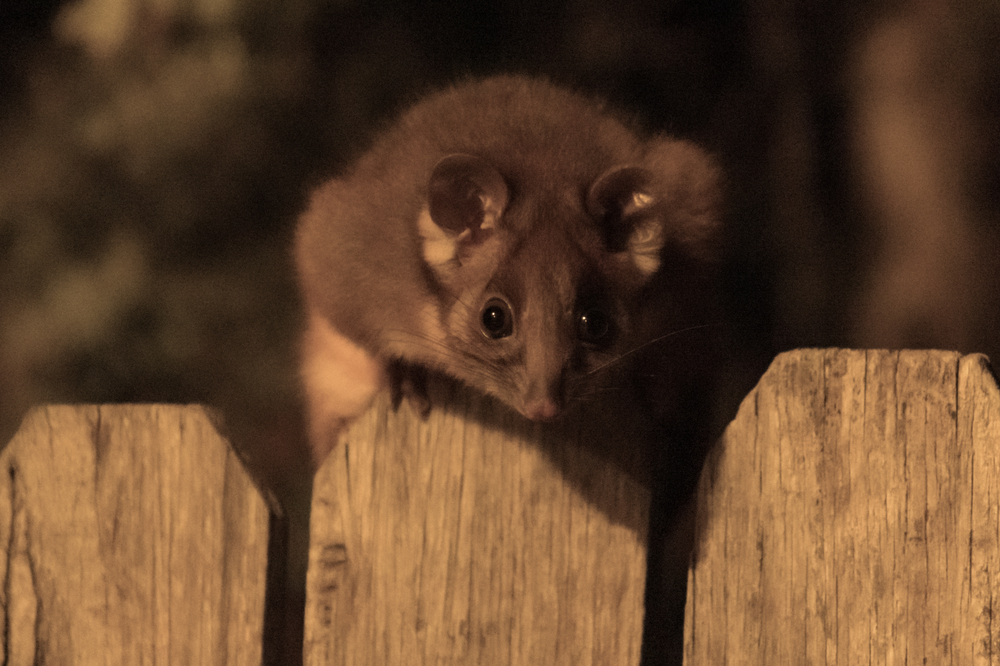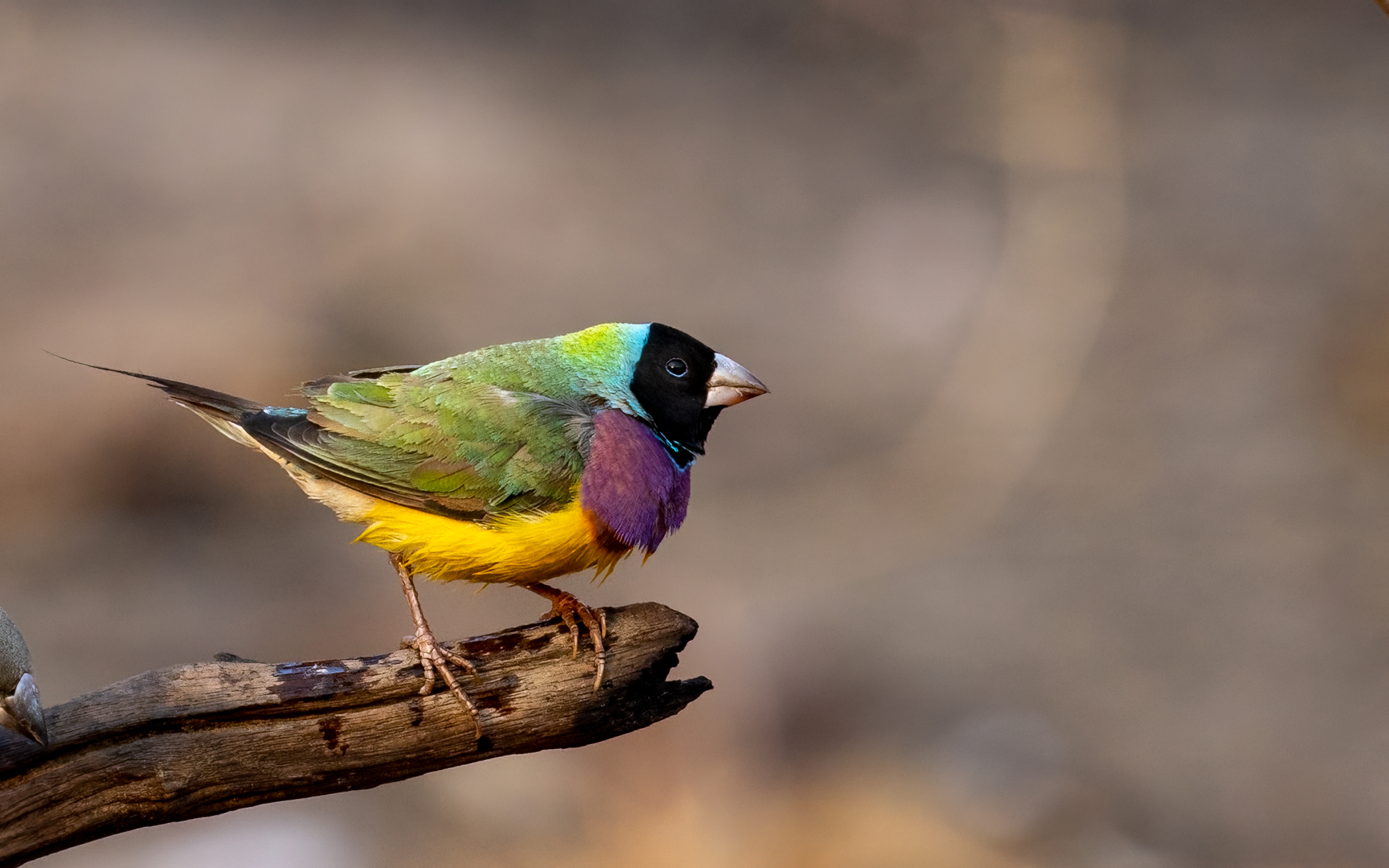| Common name | Common ringtail possum |
| Scientific name | Pseudocheirus peregrinus |
| Type | Marsupial |
| Diet | Leaves, flowers, and fruit |
| Average lifespan | Up to 6 years |
| Size | Between 30-35cm in body length, 700-1100grams in weight, with a tail length between 30-35cm. |
When night blankets the sky in darkness, the common ringtail possum emerges from its daytime hideout and begins its nocturnal adventures.
At home within the suburban streets, this cheeky marsupial can often be heard running along rooftops or scampering along tree branches with its long, white tipped tail that is distinctly curled when not in use, setting it apart from other possums.
Also known as the eastern ringtail possum, the eastern ringtail is smaller than the common brushtail possum and is about the size of a domestic cat. Grey brown in colour with white patches behind their ears and under their bellies, the eastern ringtail has long, sensitive whiskers and five clawed toes on each foot with the front two feet containing a thumb-like toe that helps with climbing. The long tail of the common ringtail is prehensile which means it can be used as a fifth limb and is strong enough to grasp objects like nesting material.
The eastern ringtail possum can be found along the entire eastern part of Australia, from Queensland, down through New South Wales into Victoria and South Australia. They are also found in southwestern West Australia and Tasmania.
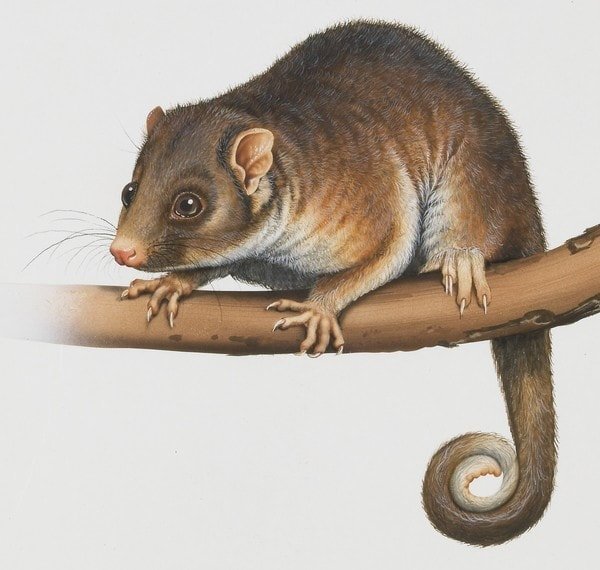
Spending most of their time in trees, the eastern ringtail possum is arboreal and lives within a vast range of habitats including eucalyptus forests, woodlands, rainforests, and urban areas such as residential backyards. During the day, the eastern ringtail sleeps within a ‘drey’ or spherical nest which is made from leaves, branches, and twigs and this hideout may be shared with several other possums. Within suburbia, eastern ringtail possums have also made themselves at home within roof cavities of houses and sheds.
Mostly eating a diet of eucalypts leaves, the eastern ringtail possum is a folivore, meaning a type of herbivore that survives mainly on leaves. The ringtail will also dine on other foods including the flowers, leaves and fruits of other native Australian trees and will eat its own faecal or poo pellets, allowing it to maximise the amount of nutrients it gets from its food.
The eastern ringtail possum breeds between April and November, with both the male and female working together to build a nest. The gestation period for the eastern ringtail is between 20 and 26 days, after which one or two hairless, jellybean sized young are born. The joey will crawl to the mother’s pouch and stay there feeding on her teat for around seven weeks, before taking its place on the mothers back, where it will ride until around six months of age. The eastern ringtail possum is the only species of possum where the male helps care for the young, with the babies transferring to the father’s back whilst the mother feeds.
Threats to the eastern ringtail possum include powerlines, cars, and invasive animals such as foxes, cats, and dogs. Building a possum box within local suburban backyards can provide safe shelter for the eastern ringtail possum and as territorial animals, if one ringtail possum adopts the nesting box, it is likely to deter other ringtails from the nearby house roof and garden.

